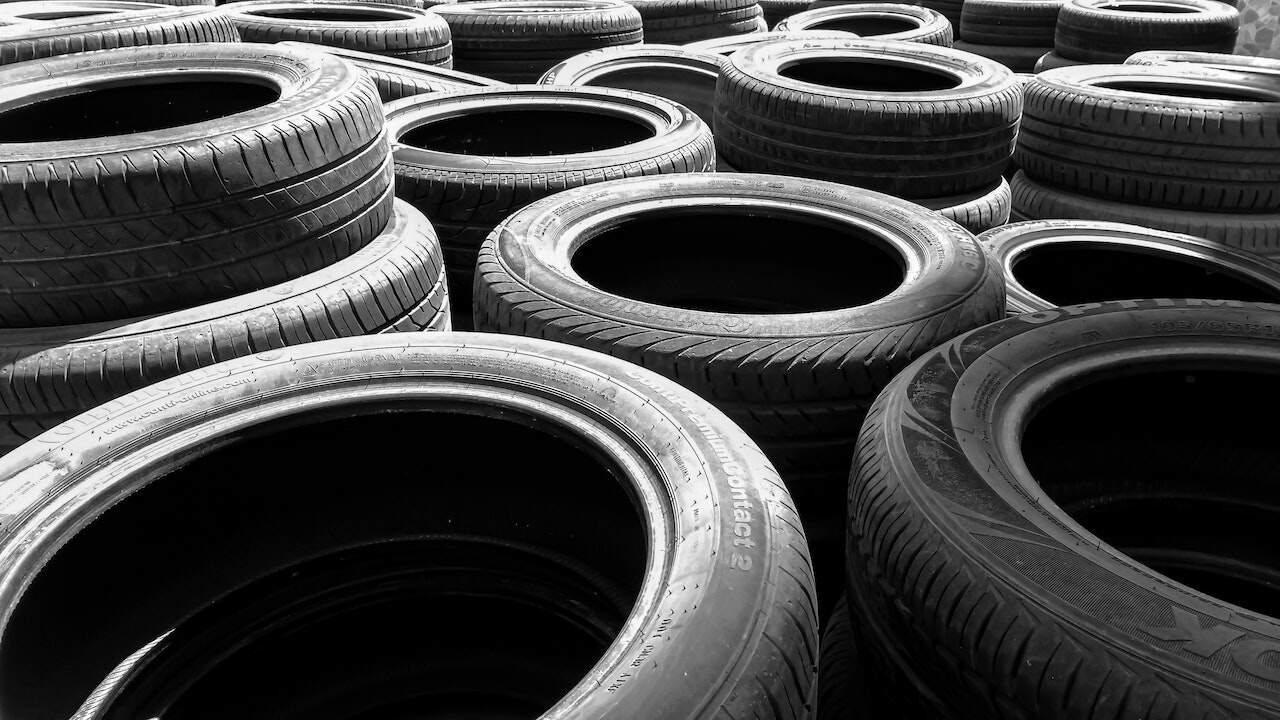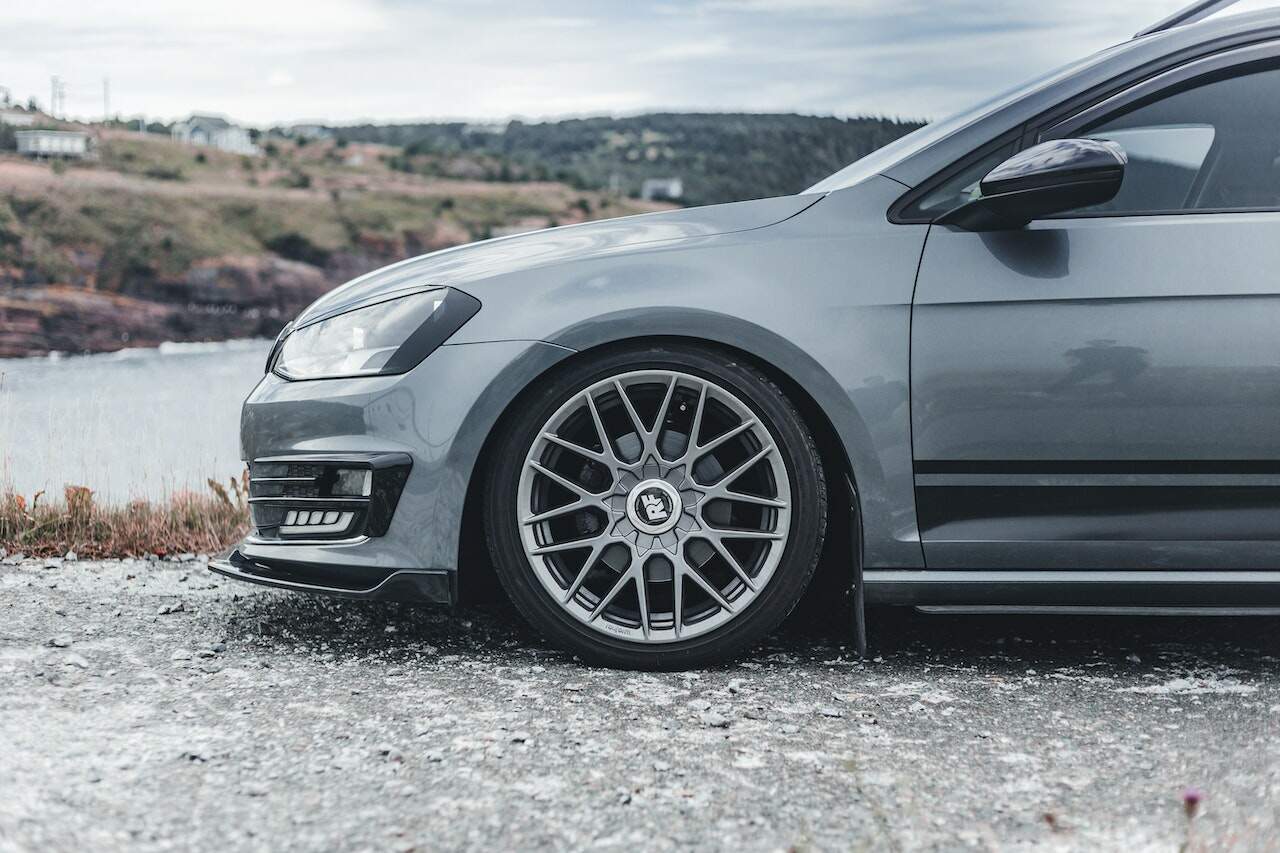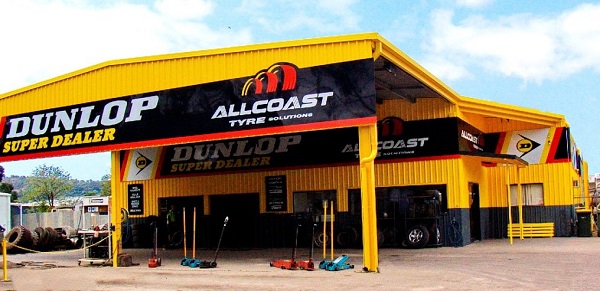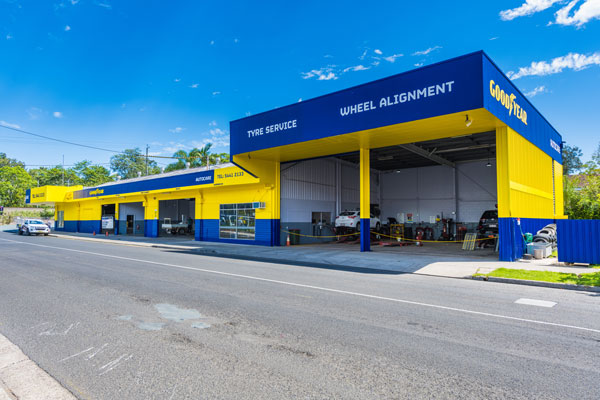
How to Choose the Best Tyres for Your Car
Thursday 12 January 2023
Back to Latest NewsThere's no question but that your car's tyres are some of its most important components. After all, they are the part of the vehicle that has contact with the road, and they can influence safety, fuel efficiency, and performance. Maintaining your car is essential and ensuring you have the right tyres is one of the best things you can do to protect your car as a whole. Cheap tyres might seem tempting, but they could cause multiple problems.
You will probably need to buy new tyres for your car every five years or so. It's recommended that you change them every 40,000km or so. However, every car and driver is different and there are various factors to take into account. Your driving habits and how well you maintain your tyres will both affect how often you need to change them.
However often you change your tyres, you need to get the right ones. They might all look the same at first glance, but there are plenty of differences and things to keep in mind when you're looking for the right ones.
Balancing Different Needs
Finding the right tyres for your car can be a delicate balance. One thing you have to balance is the grip that the tyres have and their durability. Softer tyres will usually have a better grip but they also wear away more easily, making them less durable and likely to need replacing faster than tyres with a harder makeup. One of the ways you can tell how long tyres are going to last is to check for a treadwear rating, which can indicate how likely they are to outlast other tyres.
Keeping rolling resistance in mind is helpful when you're looking for the right tyres. It's the force that counteracts the action of your car as it moves, i.e. the friction on the road. Tyres with a higher rolling resistance will need more power to counteract the resistance, which might mean that they use more fuel.
Check the Codes
Tyres use standard car tyre codes that denote the size and type. This makes it easier to find the right tyres, in theory, although it can be a little confusing if you're not sure what you're looking at. There are several different parts to the code that tell you different things about the tyre.
Firstly, there is a letter for the type of tyre (such as P for passenger), which is followed by a number for the section width in millimetres when the tyre is fitted to the recommended rim, inflated correctly, and not under load. The next part is a percentage that describes the tyre's profile or aspect ratio, which is the ratio between the section height and width. There is then a letter with the construction method (R for radial being most common), and the diameter, in inches, of the rim the tyre should be fitted to. Finally, there is a load rating index, telling you the maximum weight that a single tyre can hold, and a speed rating index to tell you the maximum speed for the tyre.
Some parts of the code may be less important to you than others, but it's certainly worth knowing things like what size rim the tyre will fit, and its maximum load and speed.
US Tyre Ratings
Another handy piece of information is the US tyre rating, which a tyre will have by requirement if it's marketed in the US. It's still useful if you're buying tyres in Australia because it provides useful information about the tyre. You can find it printed on the sidewall of the tyre.
The system starts with a standard tyre rating of 100. Each tyre's tread wear is then tested under controlled conditions and compared with this standard rating. So a tyre that has a rating of 200 has been shown that it will last twice as long as the standard model. If it has a high number, it's most likely going to last longer. Next to the treadwear rating, you will also find a traction rating (from AA to C) and a temperature rating (from A to C).
This can sometimes be handy information when comparing tyres, but it's also important to check things like the warranty for a more accurate indication of the lifetime of a tyre.
Or of course, if you're not sure, just give us a call 🙂

Tyre Designs
There are some different tyre designs that are useful to understand when you're choosing the right tyres for your car.
Directional tyres
These tyres are designed to have the tread pattern facing in a certain way when they are fitted to the car. If they're not fitted correctly, it could have an impact on how the car handles and reduce the lifespan of the tyre. One downside to these is that if you only have a directional tyre as a spare, you may need to fit it to the incorrect side at least temporarily in an emergency. However, they are a good option for wet weather performance.
Asymmetric tyres
Asymmetric tyres, also called Outside/Inside tyres, are fitted so that one side faces outwards. These are slightly more convenient in that the space can be used to replace any tyre. It's clearly marked which side of the tyre should go on the outside or inside. These tyres are also designed to perform well in both wet and dry conditions.
Space-saver spares
Some spare tyres are designed to be narrower so that they can be carried more easily. These are useful but need to be used in the right way. Make sure you check your car's manual if you're using it to see if there are any limits you need to follow. It should be replaced with a full-sized tyre as soon as possible.
Important Factors When Choosing Your Tyres
There are numerous things to keep in mind when you're choosing new tyres for your car. You need tyres that are going to be suitable for your vehicle and your driving habits, as well as your budget. Here are some of the things to consider to make sure you get the right tyres.
Weather conditions
Different weather conditions that you experience can affect your choice of tyres. So your location is important to take into account when you're looking for the right option. If you live in a dryer area where there isn't much rain, you might not need tyres that perform extremely well on wet or icy roads. If you are somewhere a little wetter or more tropical, wet weather tyres are a must to survive on the road.
Fuel efficiency
Your choice of tyres can have a significant impact on the fuel efficiency of your car. Tyres that have a higher rolling resistance are going to require your engine to work harder, which means it will be using more fuel. Finding the level of resistance while also balancing other needs is one of the things you'll need to think about if you want to choose the right tyres for your car.
Noise
Some tyres can make more noise while you're driving compared to others. If you like your ride to be as smooth and silent as possible, this is definitely something that you will want to take into account when choosing the tyres that you need. Many of today's tyres use technology that cuts down on noise so that you can avoid too much rumbling when you're driving.
Budget
Of course, your budget is probably going to affect which tyres you choose too. You will want to take into account the tyres you choose and the cost of installing them too. There are premium tyre options that are going to give you a range of benefits, but you will also pay more for them. Cheaper tyres can save you money but might not last as long. If you want to get a balance between the two, there are mid-range tyres that are both affordable and reliable.

Maintaining Your Tyres
Your tyres will last longer if you take care of them properly. There are a few things you should do if you want to keep your tyres going and ensure you don't have to replace them any sooner than necessary.
Checking your tyre pressure regularly is one of the most important things you can do. You should keep your tyres inflated to the recommended level in your manufacturer's manual, which should be displayed in your car (usually on the driver's door, in the glove box, or on the petrol tank flap. Make sure you check the pressure when your car is cold, not after you've been driving for a while. Inflate your tyres to a higher pressure if you're planning on carrying or pulling a heavy load, following the manufacturer's instructions.
Visually check your tyres regularly for any glass, stones, or anything else embedded in the tread that could cause problems. Check for uneven wear and look for cracks or bubbles in the tyres too. Make sure to rotate your tyres regularly, as well as have new tyres balanced and a wheel alignment carried out.
There are plenty of different factors to consider when choosing the right tyres for your car. Ask the team at All Coast Tyre Solutions for help when you next need new tyres.




